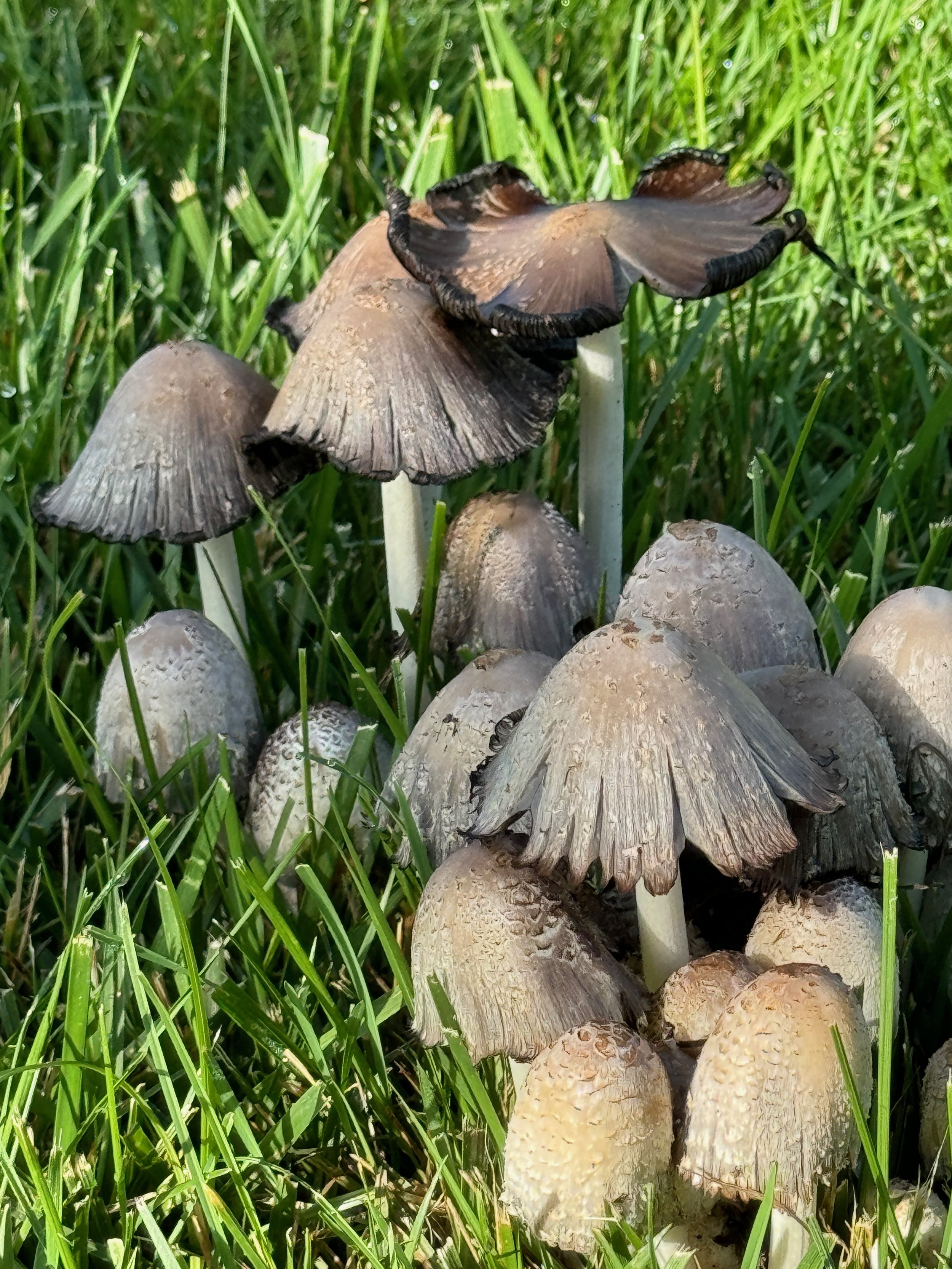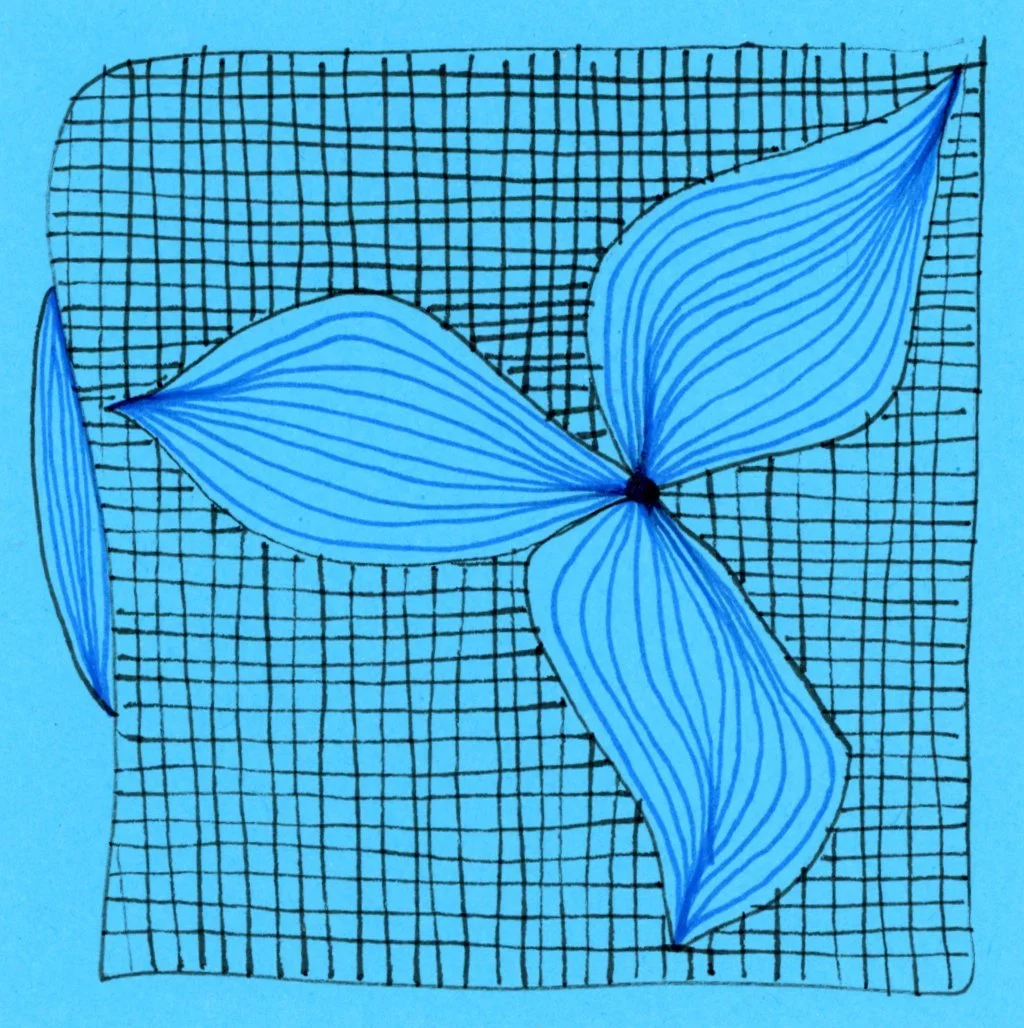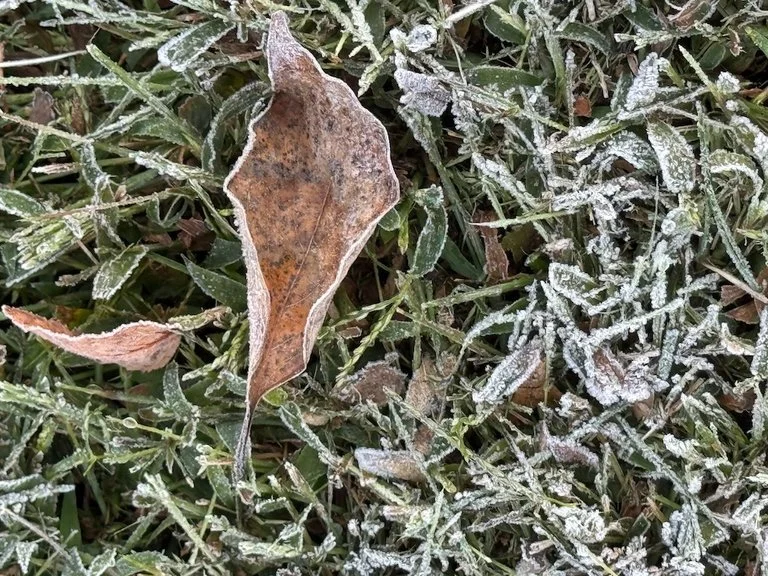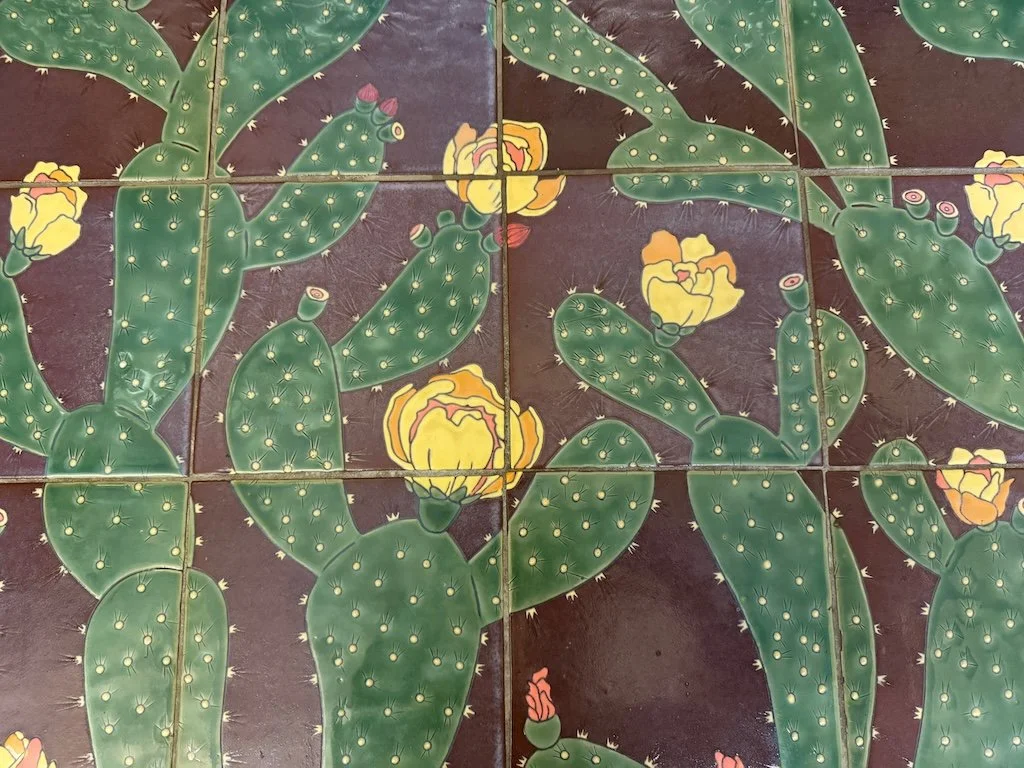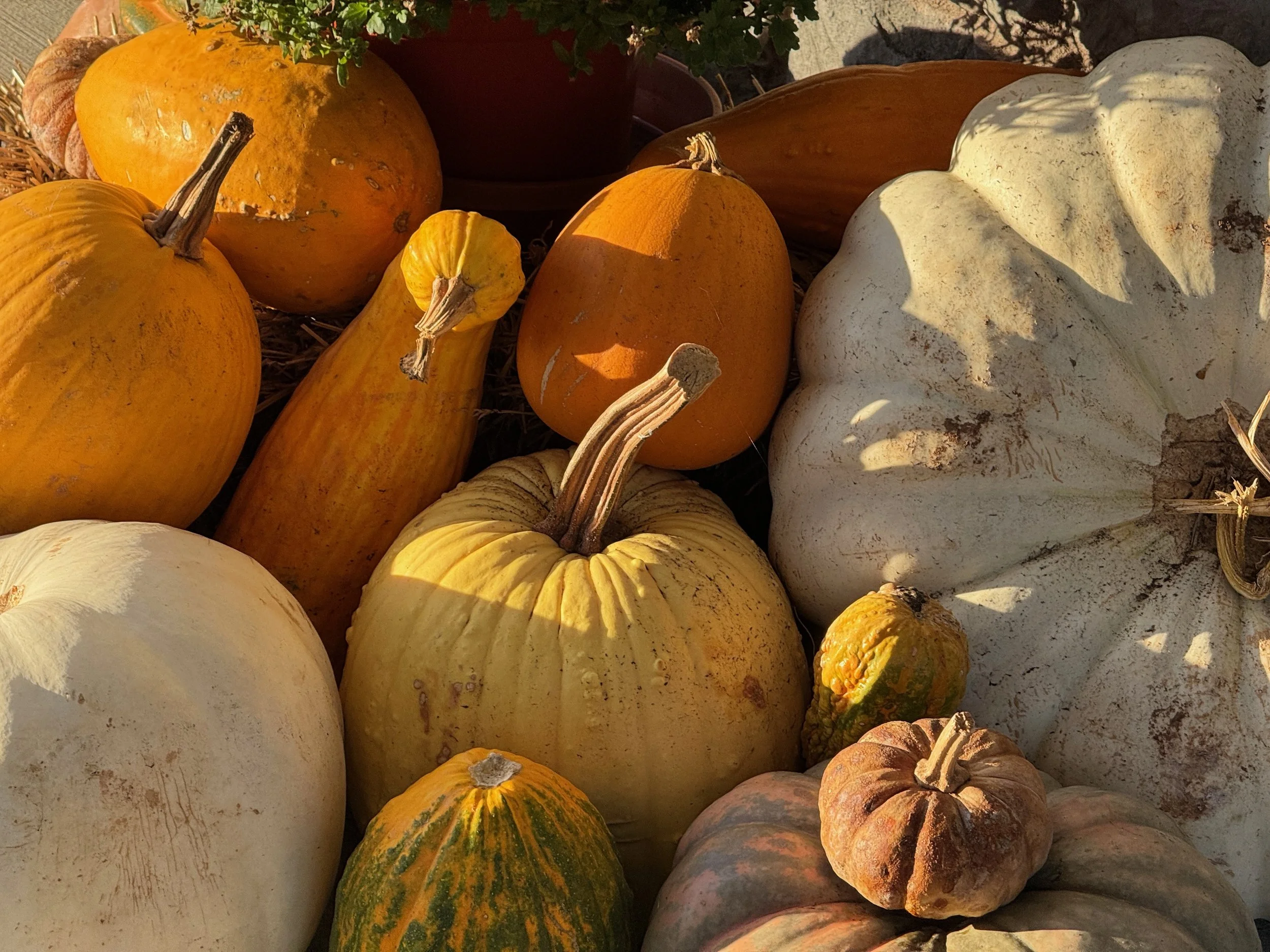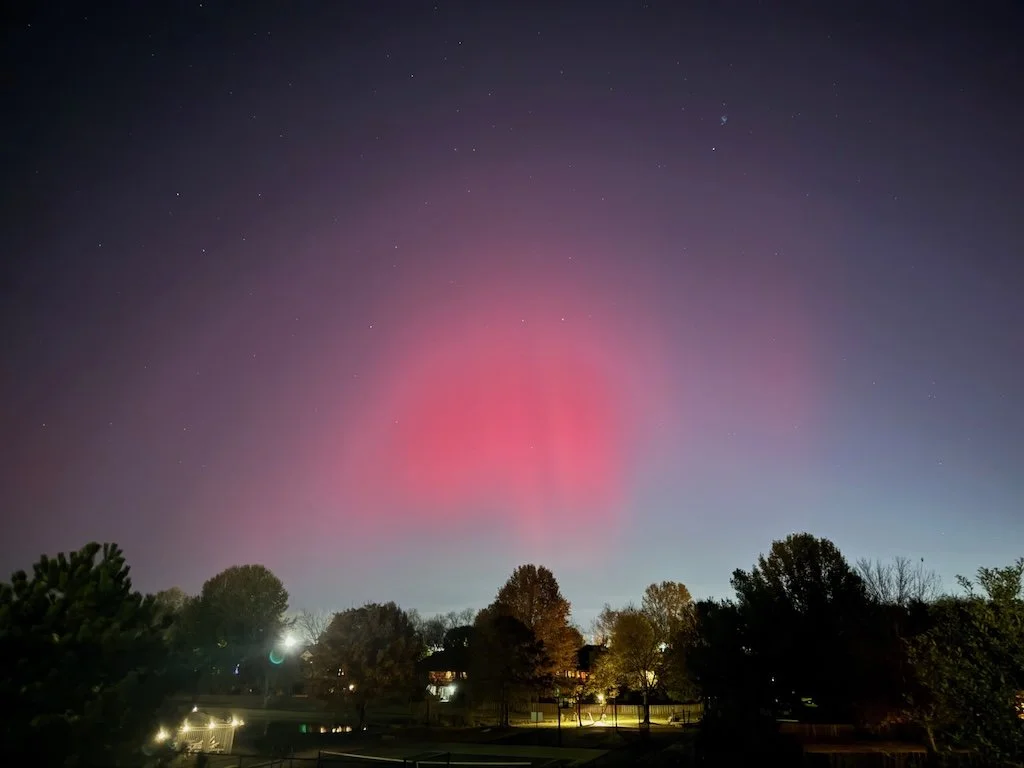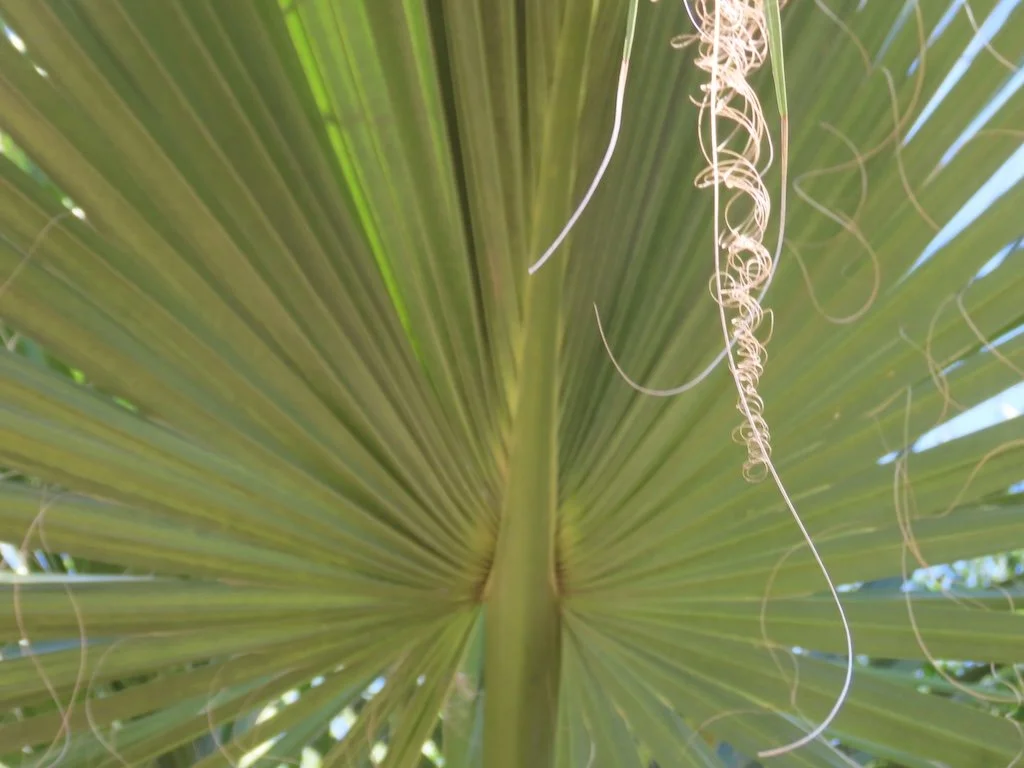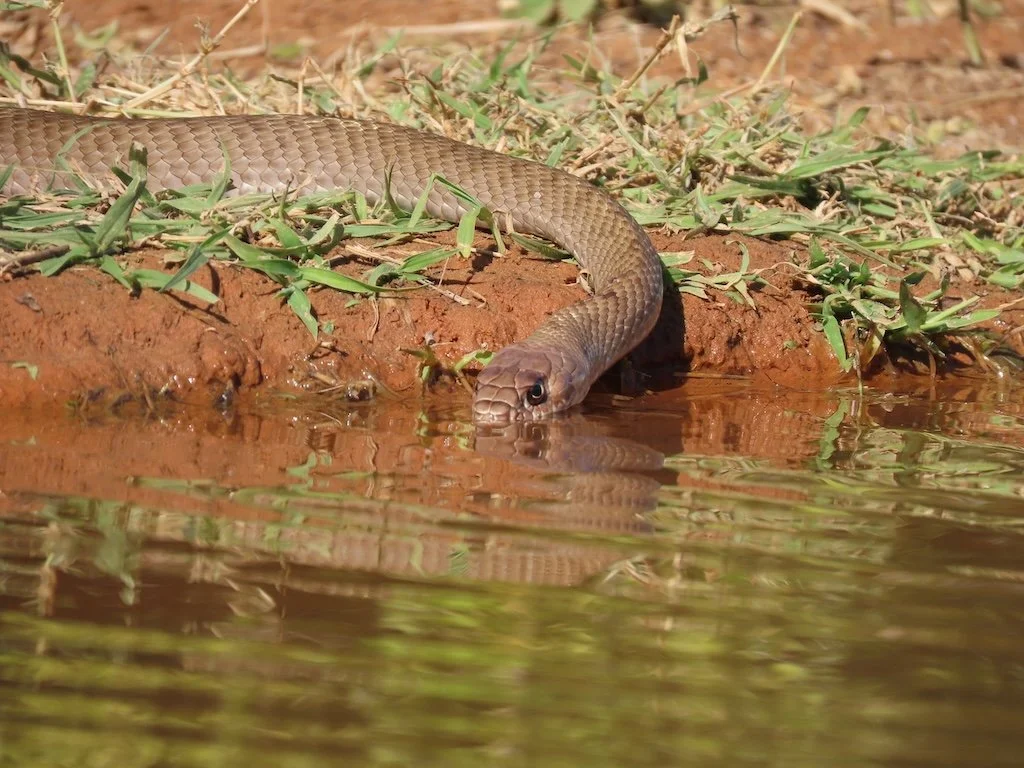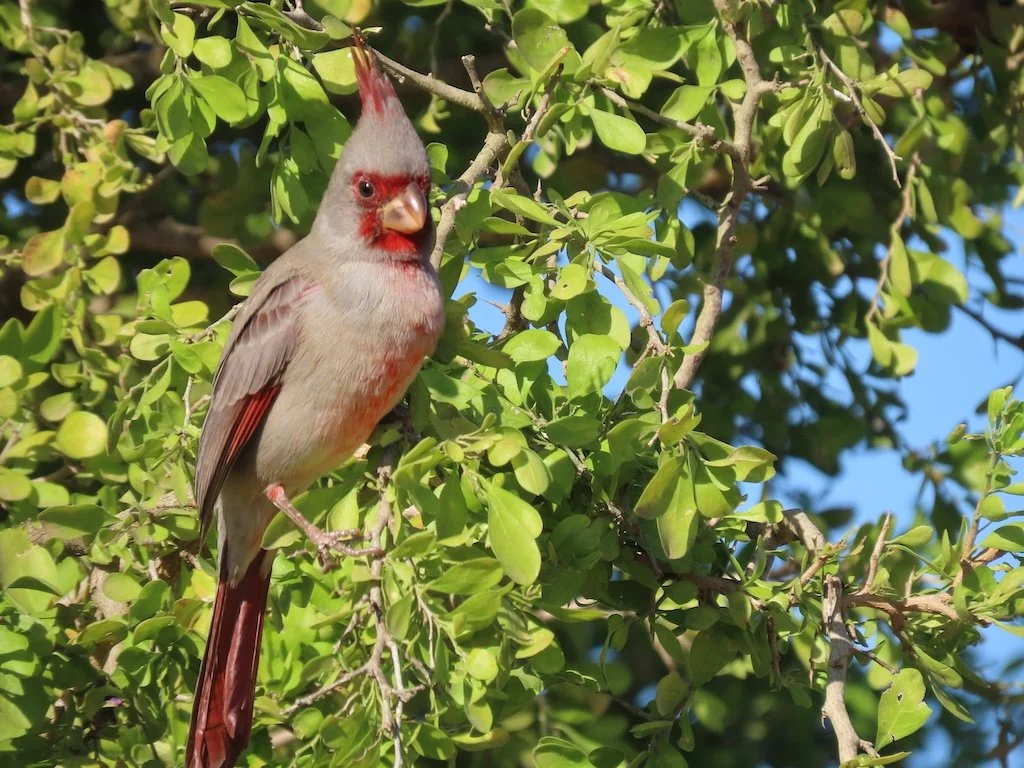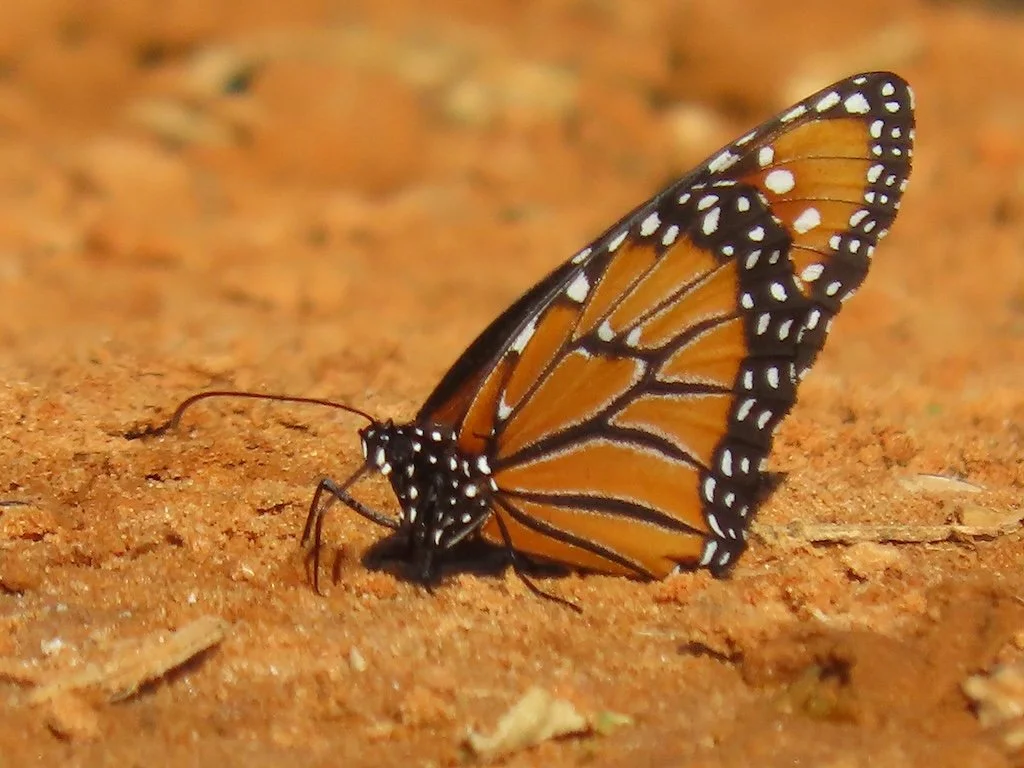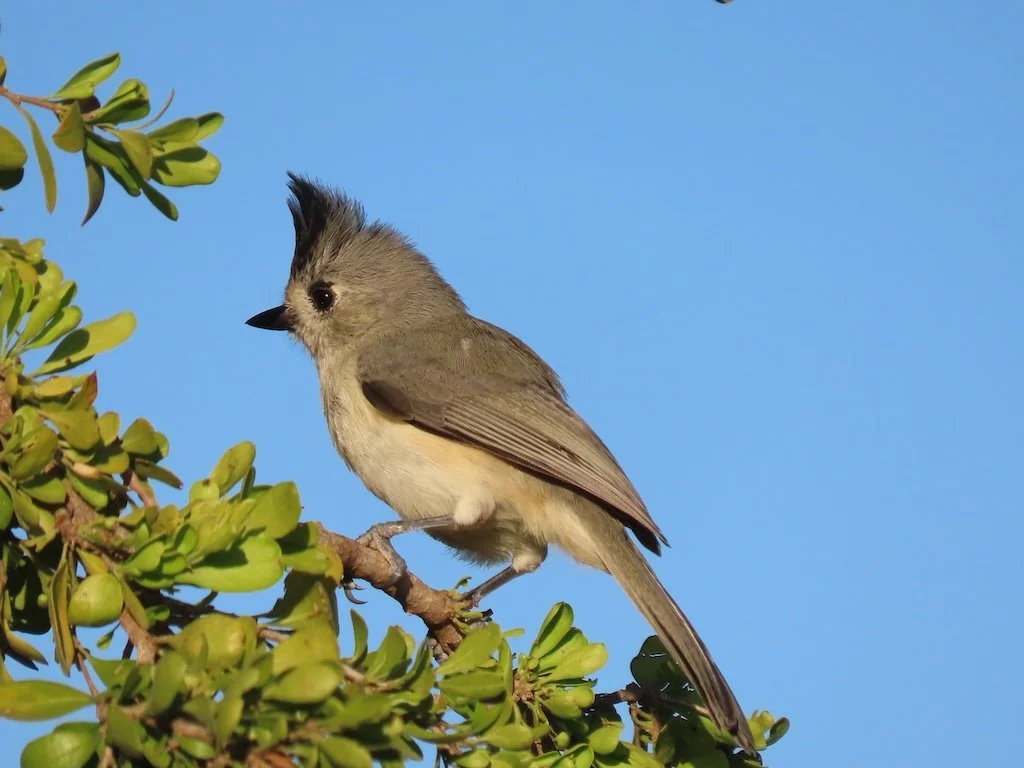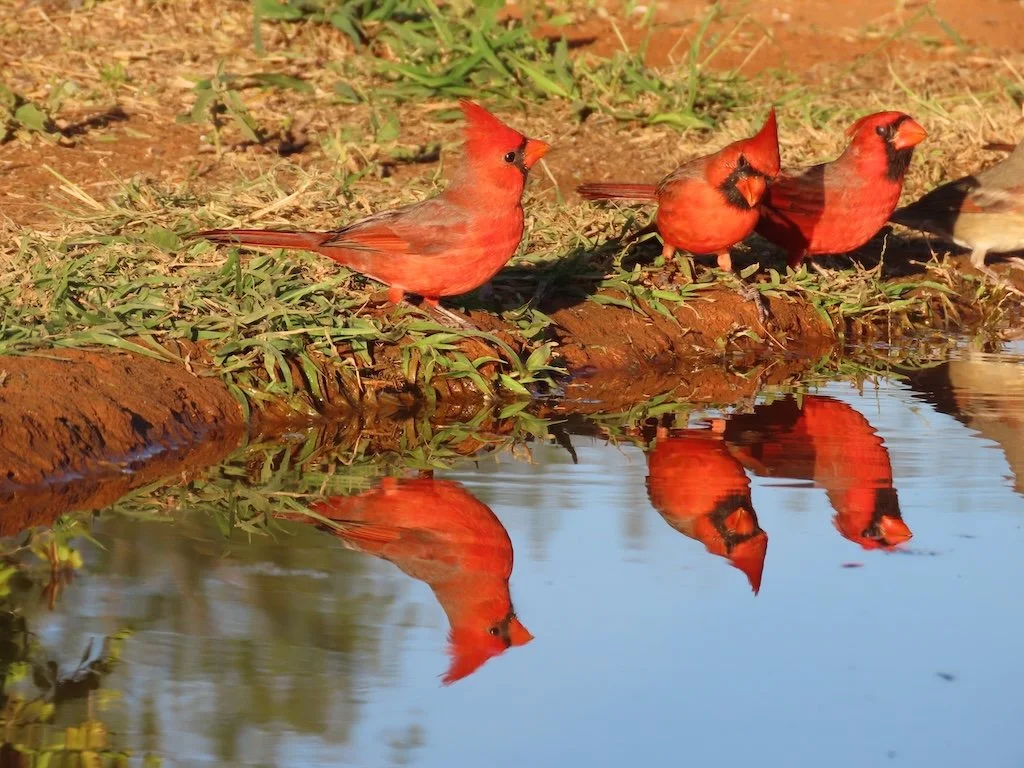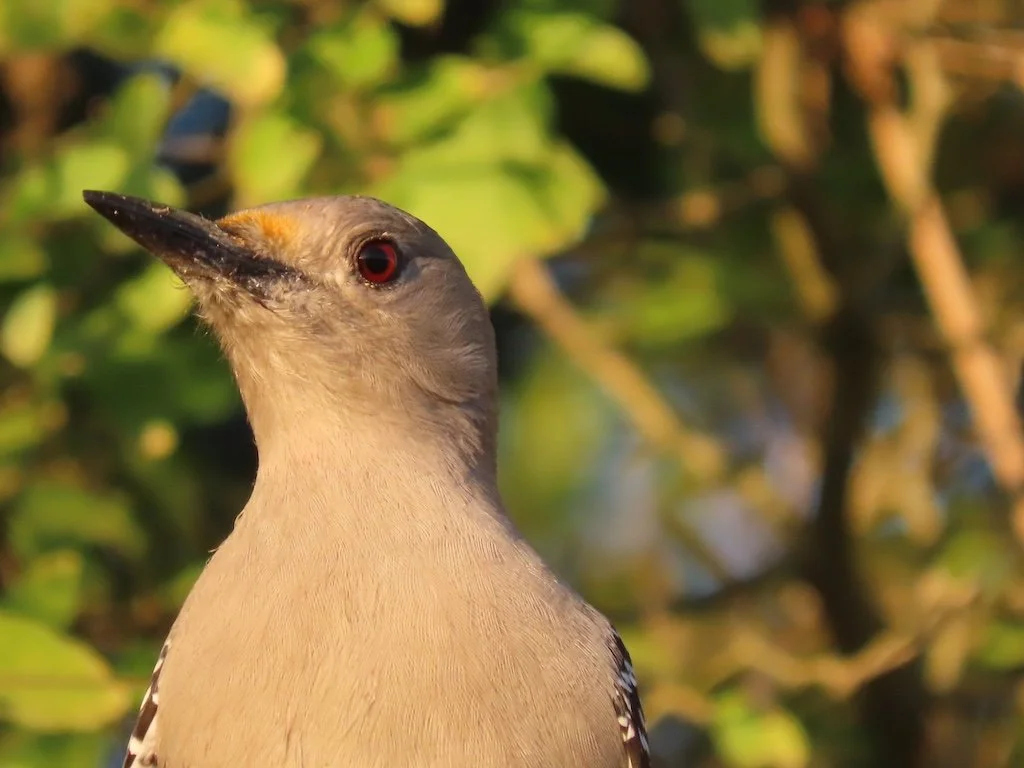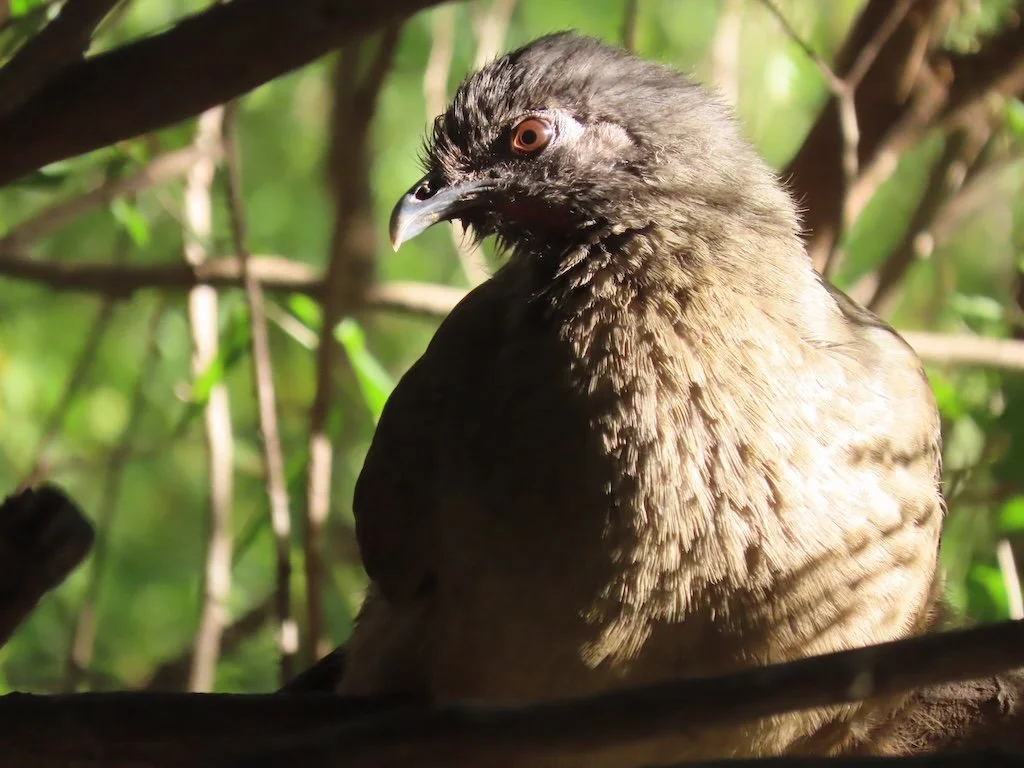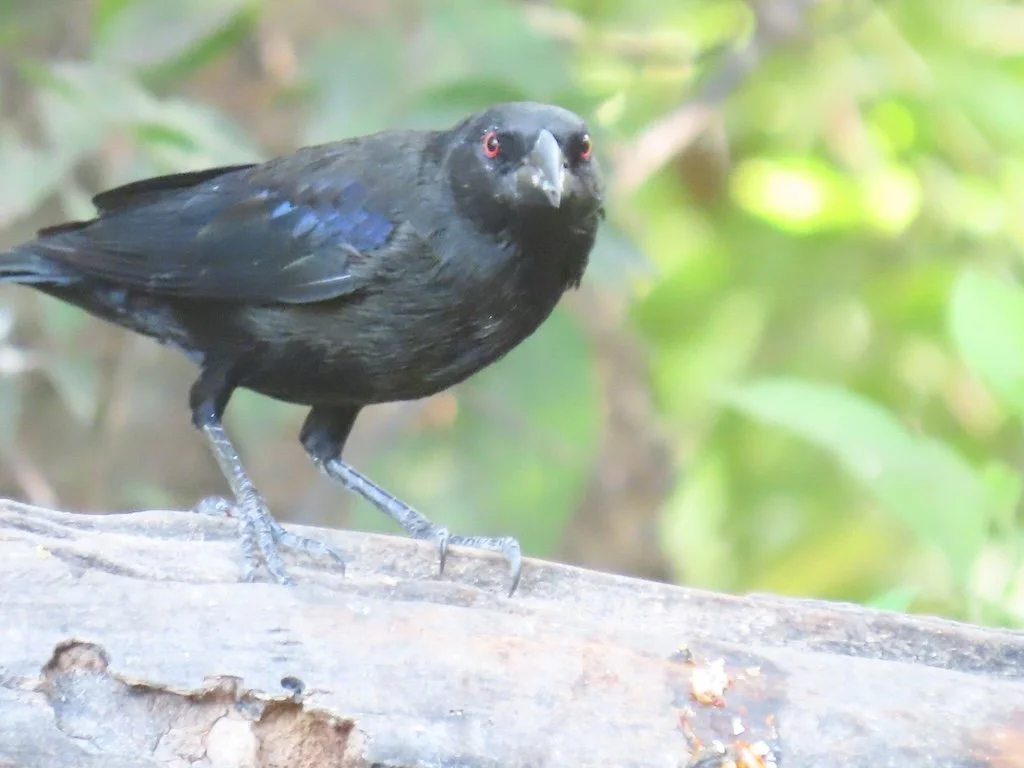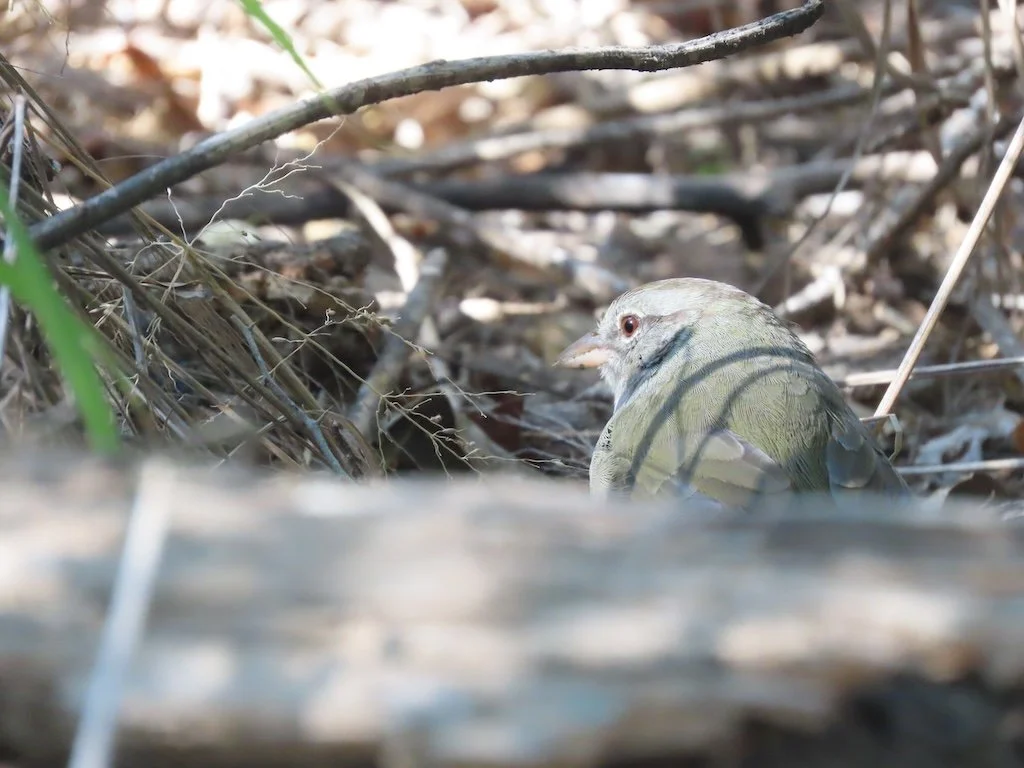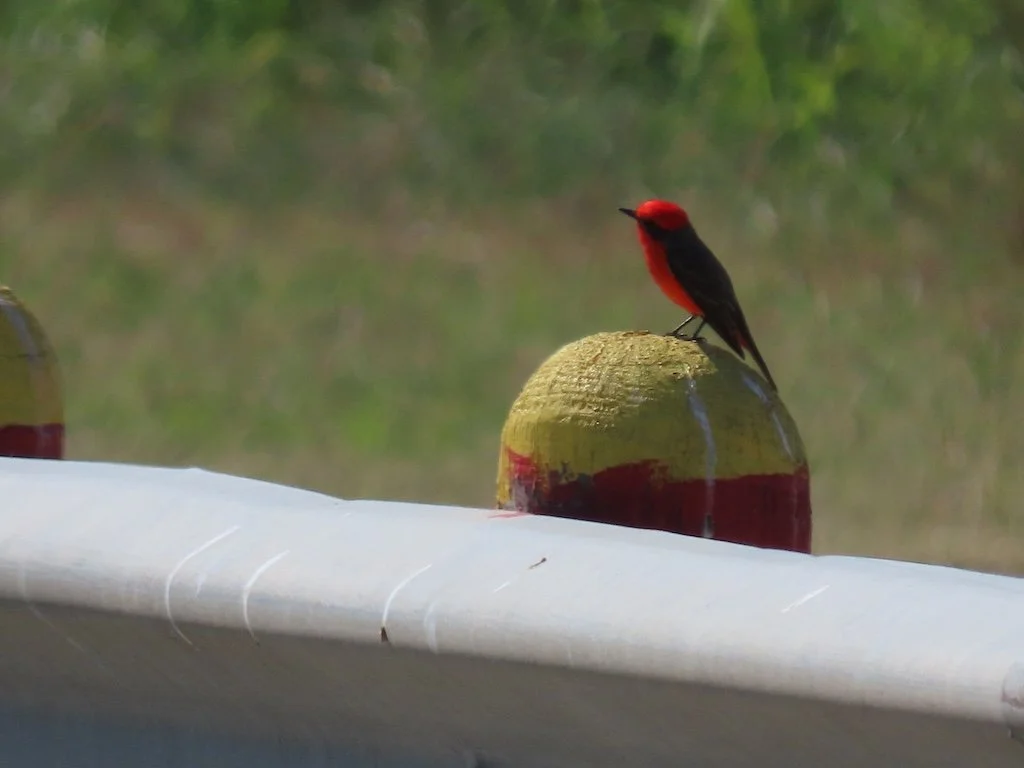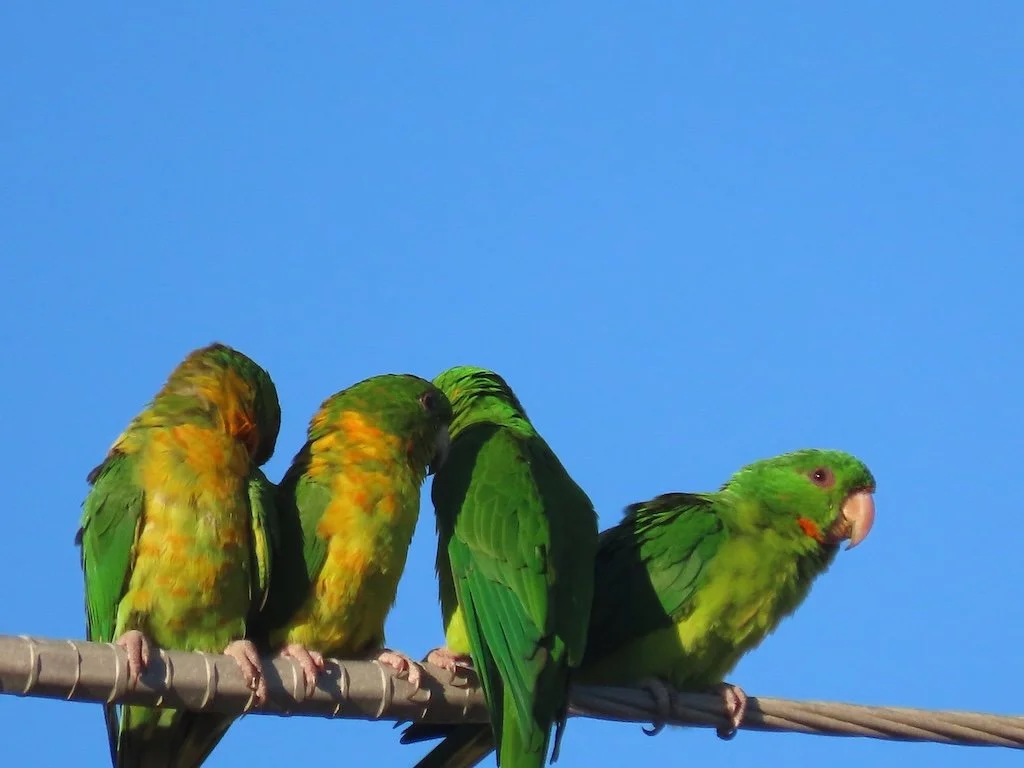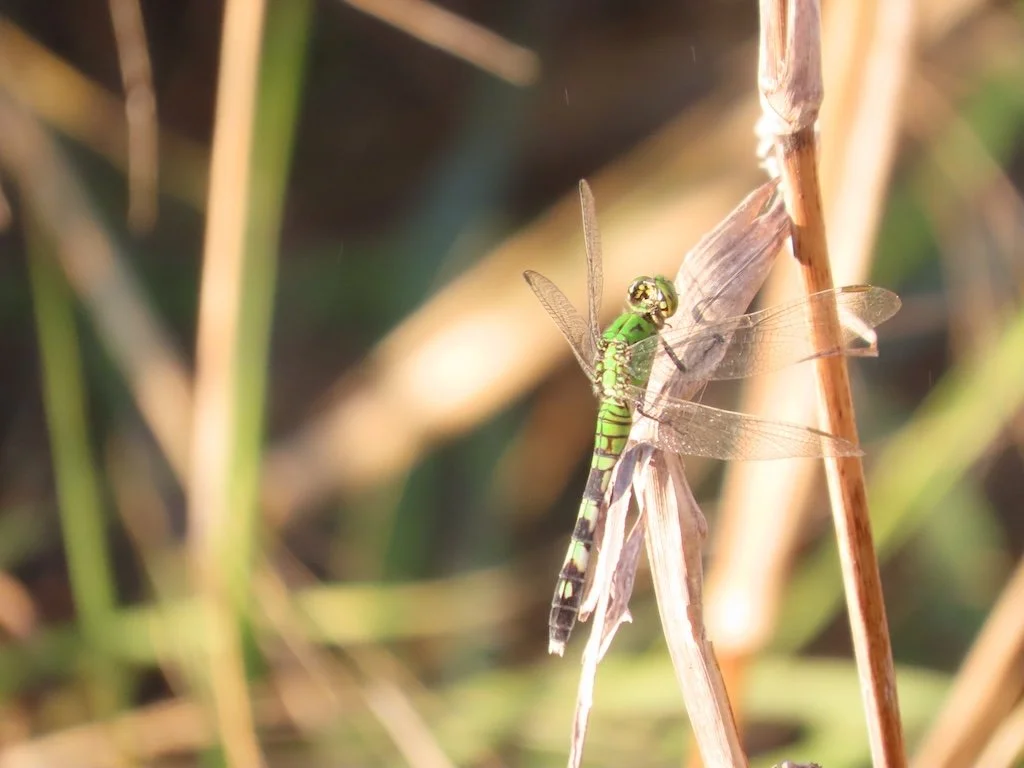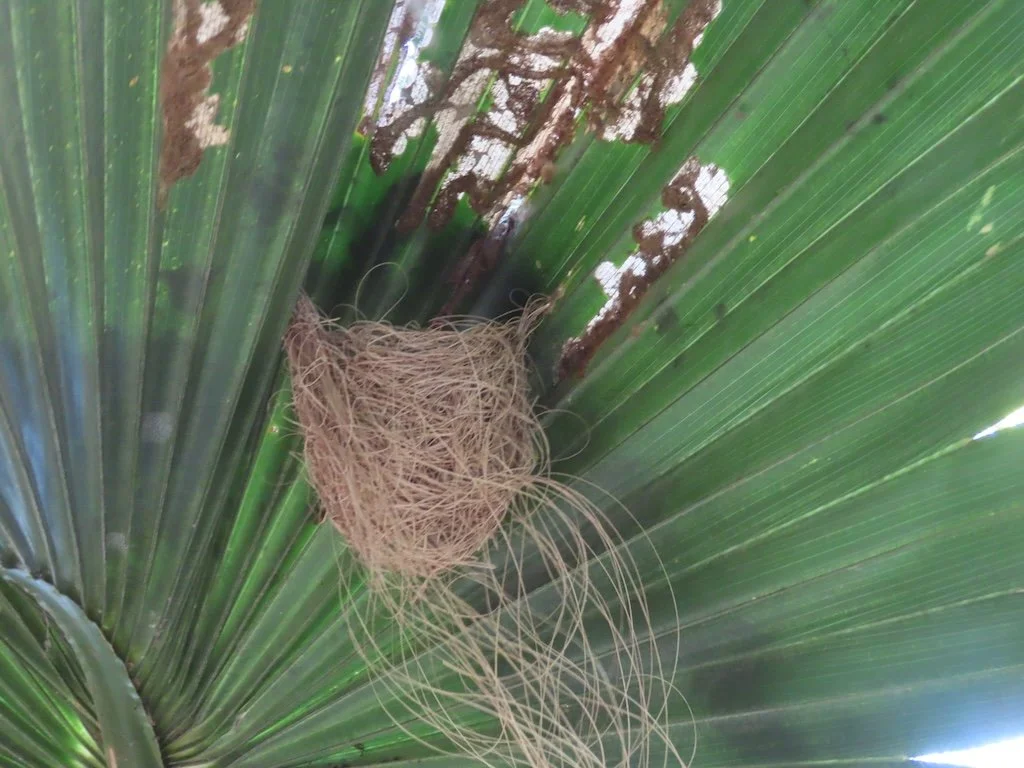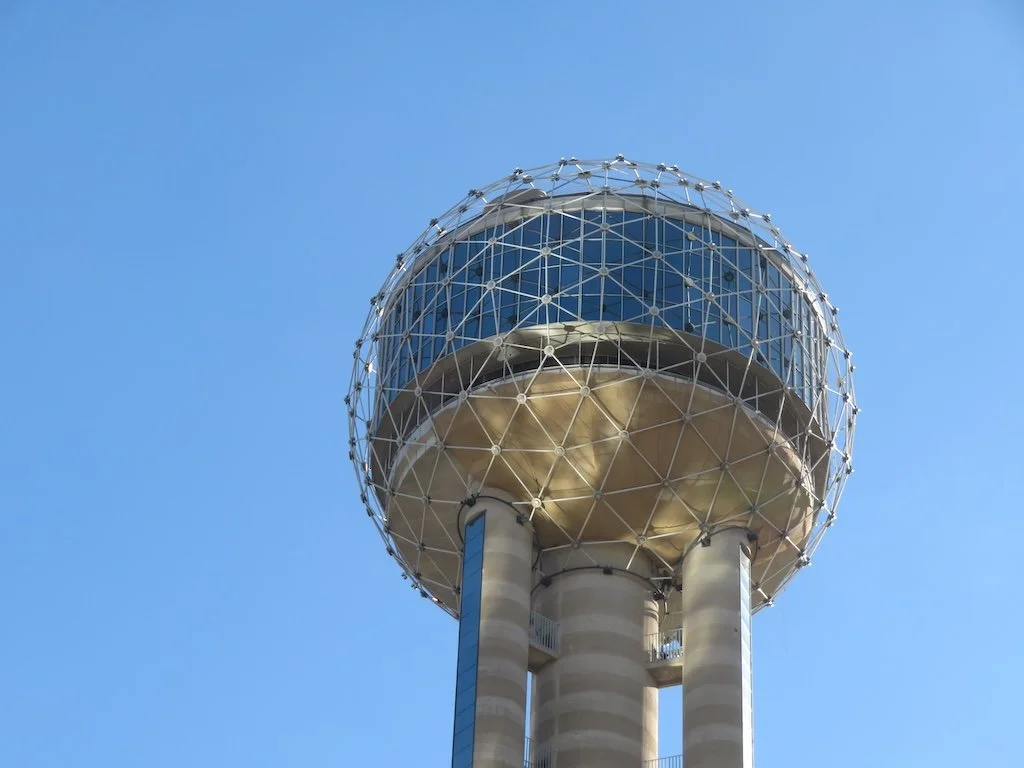My parents house during the early 1960s was three bedrooms and two bathrooms. The bath associated with the master bedroom was very small with a shower stall rather than a bathtub. I always used the other one and so did my parents. My mother had a combination washer and dryer in a space along the hallway which my Dad had to enlarge slightly to help it fit. The kitchen had a window over the sink and a tabletop that folded up from the opposite wall which also had shelves that was the pantry. There was no built-in dishwasher, but my parents bought one that rolled over to the attach to the sink when it ran.
The house had wood floors; I can remember my mother cleaning and waxing them. The living room and what was intended as a dining room were separated by an accordion curtain that hung from the ceiling and had a track on the floor. We used the dining room as a continuation of the living room where we could play. Those two rooms were carpeted a few years before my parents built a new house in the mid-1960s.
The new house had a lot more room in every area (4 bedrooms, 3 baths) but was still one floor on a slab foundation – the most common type of construction in that area of Texas. The new house had tile in the foyer, vinyl in the high traffic areas, and carpeting in the bedrooms. I remember going with my mother to the store to pick the knobs for the builder to use in the bathroom that would be between the two bedrooms used by me and my sisters. My parents had built-ins made in all the bedrooms so that we didn’t need furniture for our clothes. My bedroom with my sister had the built-ins the closet; the furniture in the room included twin beds with bookcase type headboards, desks with chairs (without rollers), and a credenza with sliding doors. Everything was new! The two-car garage (with one door) had an enclosed storage area on one side. The roof was cedar shake.
My house today is about 1,000 more square feet and has a walkout basement and a 3-car garage. There has been heightened awareness of the radon issue since the 1980s and our house had remediation installed as we were moving in a few years ago. Our house has a storm room even though the risk of tornadoes was higher where we lived in the 1960s than it is now (and slab foundation houses don’t offer as much protection as ones with a basement).
Cedar shake shingles are no longer popular (too much of a fire risk) although I did notice some houses that still had them were on the market when we were looking for our current house; I would never buy a house with that kind of roof unless I planned to immediately replace it with another, less volatile type of shingle.
My house has all electric appliances in the kitchen unlike the gas stove tops and ovens that dominated in the 1960s.
I have vinyl flooring in the kitchens (I have two in my house), wood-like vinyl plank in the living and dining and hallways. The rest is carpeted. That is similar enough to what my mother had in her house although the carpet color is neutral in my house; my mother chose a pink/red carpeting for me and my sisters bedrooms and gold for the other rooms!
My mother did not like blinds (she had bad experiences with Venetian blinds of the 1950s)…so all the rooms had custom made lined drapery. Today all our windows have blinds for privacy and the drapery is more to add color and shape.
The large den and kitchen area of my parents’ house had dark paneling. There is no paneling at all in my house now. One similarity that surprises me a little – my mother had the kitchen in the center of the house with lower walls on two sides that looked to the breakfast area and den; in my current house, the kitchen is also in the middle of the house, has low walls that look out to the den and dining room (that we use as our piano room)…and is continuous with the breakfast area. Her kitchen did not have an island; mine does.
As I am thinking through this aspect of then and now, I am realizing that my mother’s house of the mid-1960s was probably her favorite house…and the one I am living in now is my favorite. She was in her early 30s and I am in my 70s!
Previous Then and Now posts




























































